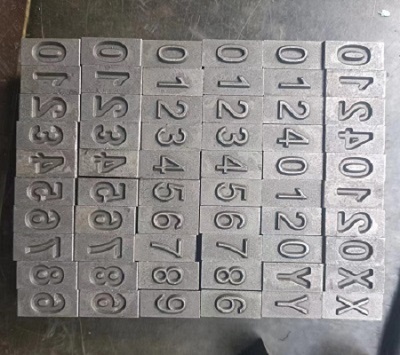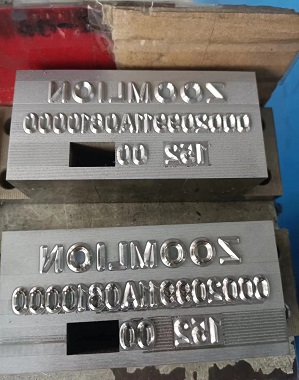Concave and convex die
Concave and convex dies have several advantages in different applications:
Increased strength and durability: Concave and convex shapes can provide additional strength and durability to the material being worked on, particularly in metalworking applications.
Improved aesthetics: These dies can create intricate and visually appealing designs on different materials, making them ideal for applications where aesthetics are important, such as jewelry-making or decorative metalwork.
Better material flow control: The concave and convex shapes allow for better control over the flow of the material being worked on, resulting in more precise shaping and forming.
Reduced material waste: By using concave and convex dies, it is possible to minimize material waste during the forming process, leading to cost savings and improved efficiency.
Versatility: These dies can be used for a wide range of applications, including bending, forming, embossing, and stamping, making them versatile tools in various industries.
Overall, concave and convex dies offer numerous advantages in terms of strength, aesthetics, material control, waste reduction, and versatility, making them valuable tools in metalworking and other manufacturing processes.


Convex and concave mold is a special mold, mainly used to produce convex and concave shape parts, such as abrasives, plastic products, metal parts, etc., is a commonly used mold in many industries. Its function is to produce high-precision parts or products due to the need to accurately match two molds when producing products with the same convex and concave shape. The production process of convex and concave molds is generally divided into the following steps:
1.Design the shape, size and fitting principle of the two modules of convex and concave. Factors such as the size, shape, and material of the product need to be considered to ensure the quality and performance of the product.
2. Make the base of the convex and concave module. First, the base of the module is made according to the set shape and size, and the base is generally made of harder materials, such as cemented carbide.
3. Make the mandrel of the convex and concave module. After the mandrel is made into the desired shape and size, the convex or concave mold body is placed into it to obtain the concave or convex surface required by the module.
4. Integrate convex and concave modules. The convex and concave modules are installed on the machine separately, and the coordination and coordination between the two modules are checked, and then the adjustment is made, and the production starts after the adjustment is completed.
5. Production of convex and concave parts. The raw materials of the same size and material are put into the machine and pressed into the product by pressure.






